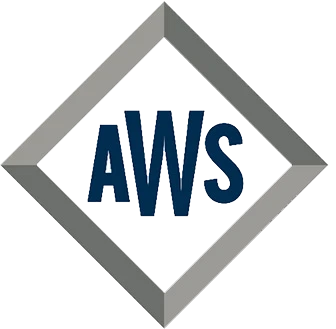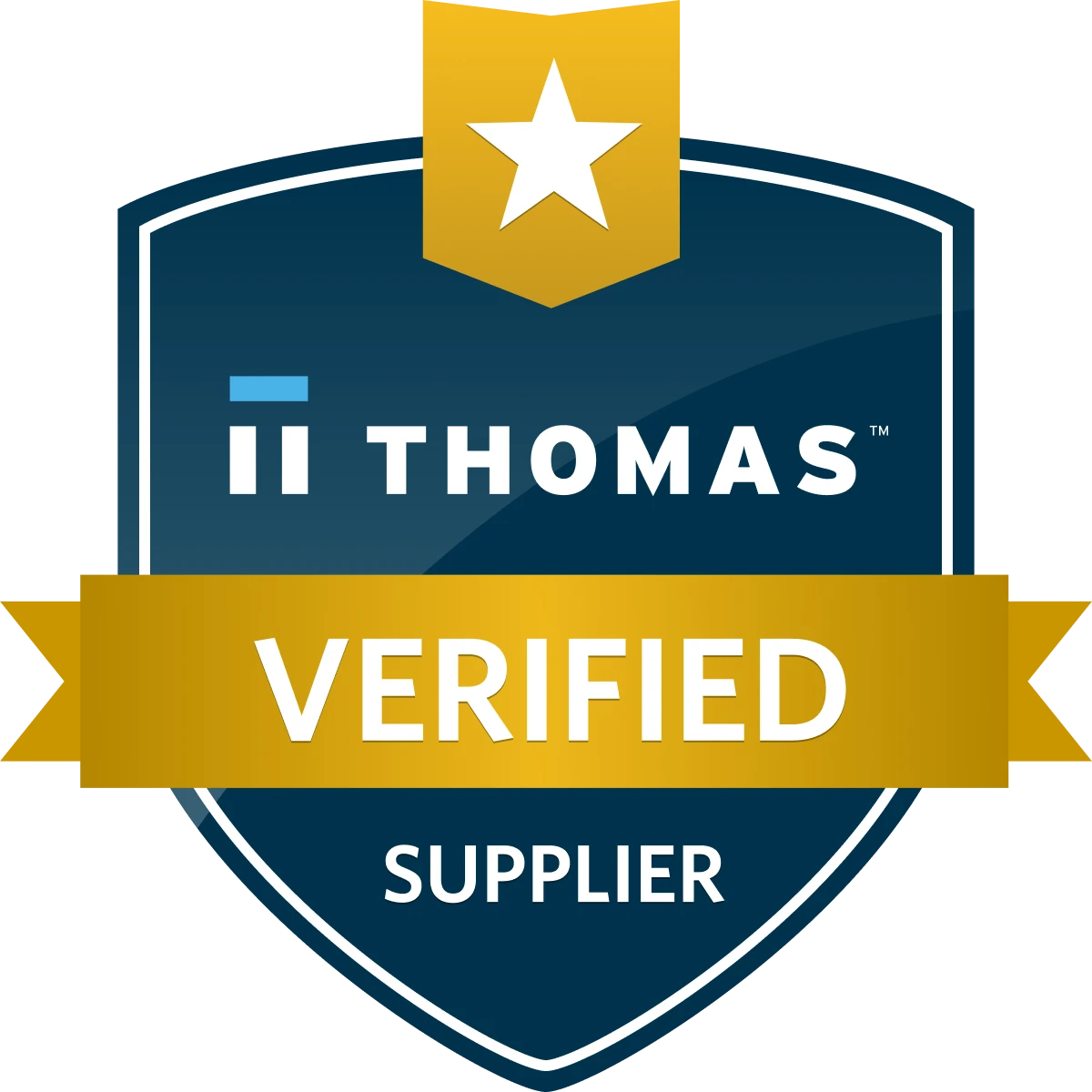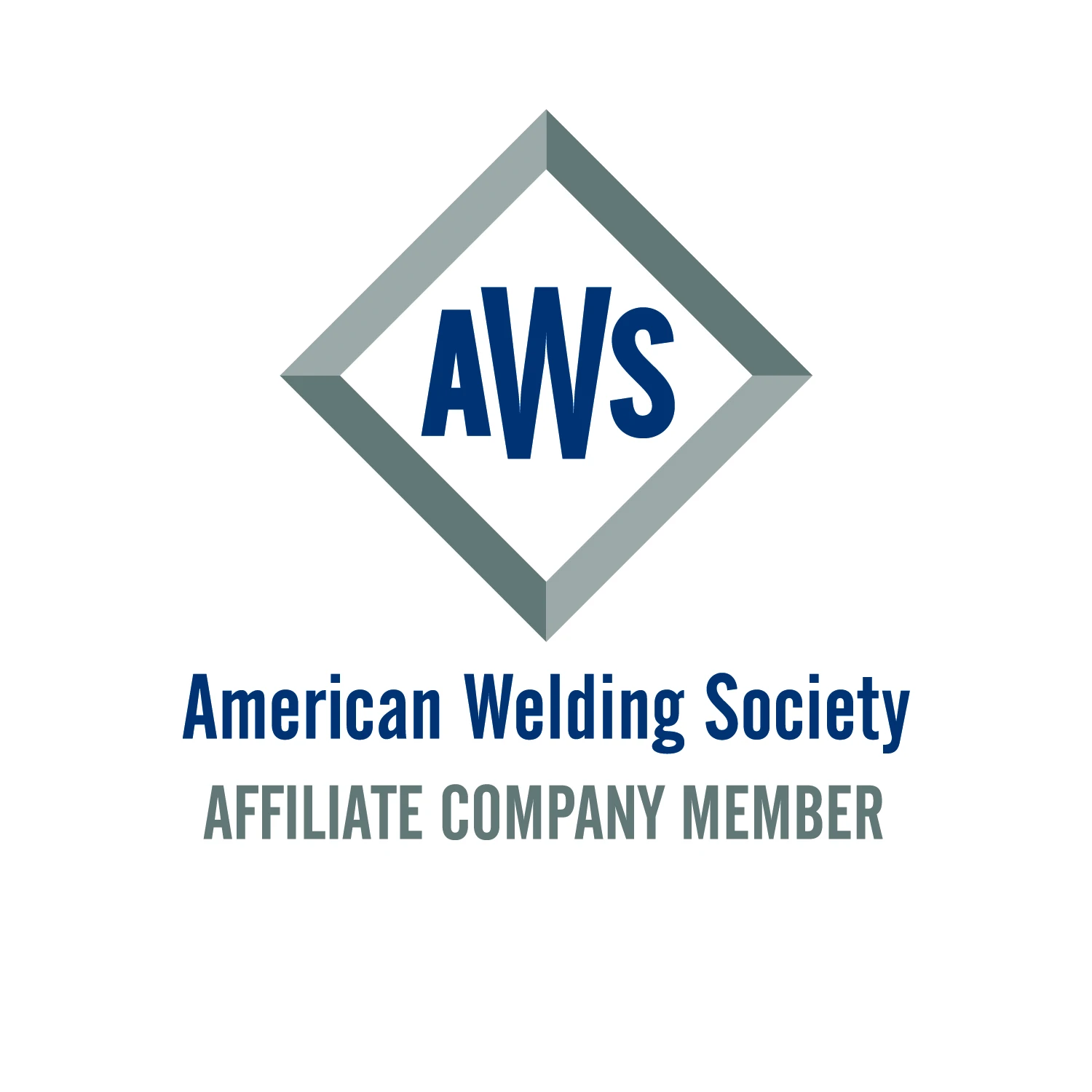Laser cutting is a fabrication process which employs a focused, high-powered laser beam to cut material into custom shapes and designs. This process is suitable for a wide range of materials, including metal, plastic, wood, gemstone, glass, and paper, and can produce precise, intricate, and complex parts without the need for custom-designed tooling.
There are several different types of laser cutting available, including fusion cutting, oxidation cutting, and scribing. Each laser cutting process can produce parts with precision, accuracy, and high-quality edge finishes, and with generally less material contamination, physical damage, and waste than with other conventional cutting processes, such as mechanical cutting and waterjet cutting. However, while laser cutting demonstrates certain advantages over more conventional cutting processes, some manufacturing applications can be problematic, such as cutting reflective material or material requiring secondary machining and finishing work. The requirements and specifications demanded by a particular cutting application—e.g., materials and their properties, energy and power consumption limits, secondary finishing, etc.—help determine the type of cutting process most suitable for use.
While each cutting process has its advantages and disadvantages, this article focuses on laser cutting, outlining the basics of the laser cutting process and the necessary components and mechanics of the laser cutting machine. Additionally, the article explores various laser cutting methods and applications, the benefits and limitations of the process, and comparisons between laser cutting and other types of cutting processes.
The Laser Cutting Machine and Process
Laser cutting is a non-contact, thermal-based fabrication process suitable for metal and non-metal materials. For the laser cutting process to run smoothly and at optimum capacity, several factors should be taken into consideration, such as the laser cutting machine’s configuration and settings, the material being cut and its properties, and the type of laser and assist gas employed.
Overview of Laser Machine Components and Mechanics
In contrast to mechanical cutting, which utilizes cutting tools and power-driven equipment, and waterjet cutting, which utilizes pressurized water and abrasive material, laser cutting employs a laser cutting machine to produce cuts, engravings, and markings. While laser cutting machines vary from model to model and application to application, the typical setup includes a laser resonator assembly, mirrors, and a laser cutting head which contains a laser focusing lens, a pressurized gas assembly, and a nozzle. The basic laser cutting process includes the following stages:
Read more: Understanding Laser Cutting






